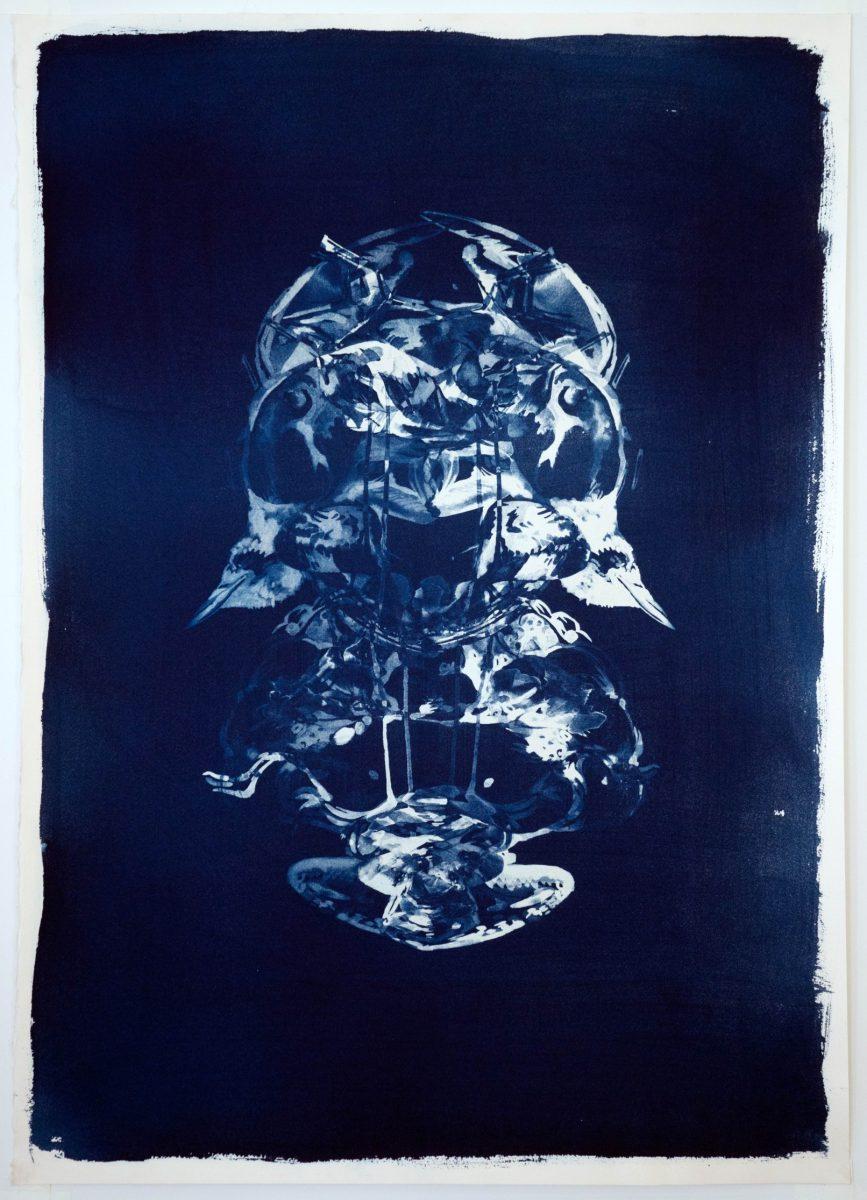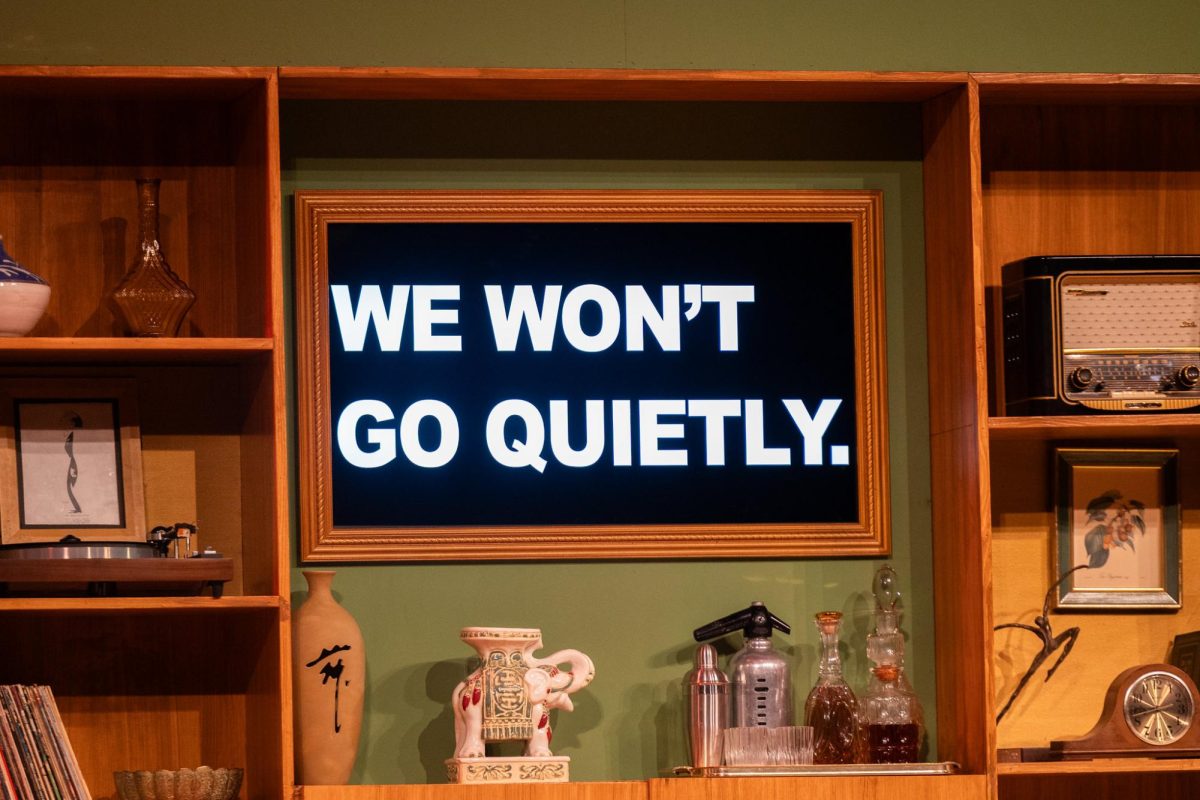Last Thursday, October 29th the Green Music Center hosted a talk with Tanja Geis, a well-known artist who graduated from the University of California Berkeley for her research-based painting and art.
The inspiration for her art is the effect human civilization has on our ecosystem. Tanja’s talk showcased many projects she has been working on over the years about the remaining beauty of nature whilst still showing that our way of living is destroying the very ecosystem that has been here for millions of years. Her talk was not only inspirational but more so eye-opening for those who attended.
Geis explains her motivation for her work saying, “I make my work to explore new ways of seeing.” This talk showcased five of Tanja’s projects, all different and all inspiring in their own ways. The five bodies of work included a video, paintings, pictures, and murals. All created in their own specific way to illustrate the overall message.
The first body of work was a compilation of videos. the saturation on the video made it seem like the camera was just above the water but that was because of the filter. In reality, Tanja had to hold her breath to get a view right below the surface water. With the camera just below the surface, it created a visual experience that made you realize all the natural and unnatural components the ocean has. The compilation of videos showcased different varieties of water, where some were in the middle of the ocean and some were filmed through a riverbed.
Going along to the next project, Tanja was inspired to draw a painting based on what she had seen on a beach one day called “Seabird”. Tanja explains, “when I just graduated from college, I was awarded a studio right next to the ocean.” She would continue to say, “As soon as I moved in, I made it a habit for myself to walk along the beach every time I was there.” After a week or two, Tanja explains that she would end up seeing bodies of birds being washed up shore. Tanja would see the bodies multiply to the hundreds as the number of birds became overwhelming. What she was witnessing would be called a “seabird dive,” where the birds were dying because of the warmer temperature of the ocean and there food supply migrating elsewhere. she would take videos and pictures of this tragedy but use this as inspiration for her next project. The paintings would mimic what these birds looked like washed up on shore while adding a sense of beauty by the different shapes and patterns. This could be described as dark beauty, an underlying theme Tanja has for her art.
One of Tanja’s bigger projects was a collection of items she had chosen while walking the beach. The compilation of different items based on their shape and size were chosen to represent how human civilization is slowly ruining our ecosystem. Because of our use of plastic and not being able to efficiently dispose of these items, they are slowly being rooted into the microbiology of the planet.
This collection of art shows the different miscellaneous items we have in our ecosystem. From different shells, rocks, feathers, and Black and Mild plastic tips, seeing this body of work would give a harsh realization to those viewing this piece. Tanja would call this collection, “In 500 Years, What Difference Will it Make”. She is conscious that plastic takes hundreds of years to biodegrade, that is why this piece is so meaningful. The mistake of human civilization not properly disposing of these hazardous materials into our ecosystem are shown in this piece.
Geis’ bodies of work showcased were not only beautiful to look at but rather should be seen as a catalyst for students to take responsibility for our ecosystem and promote action to raise awareness about climate change. Tanja Geis focussed on how to relay this message through her art and the inspiration for her work is found all over the world.
Tanja explains, “Our waste is fragmented all over our world” and her bodies of work represent the vision she has, Tanja’s overarching goal is to create art that inspires new ways of seeing.
This effort by Sonoma State, to bring artists that inspire students to become the change the world needs to see, Tanja Geis was very resourceful for those who attended this talk and in hopes, they become the catalyst to make change for our ecosystem in the future.



































